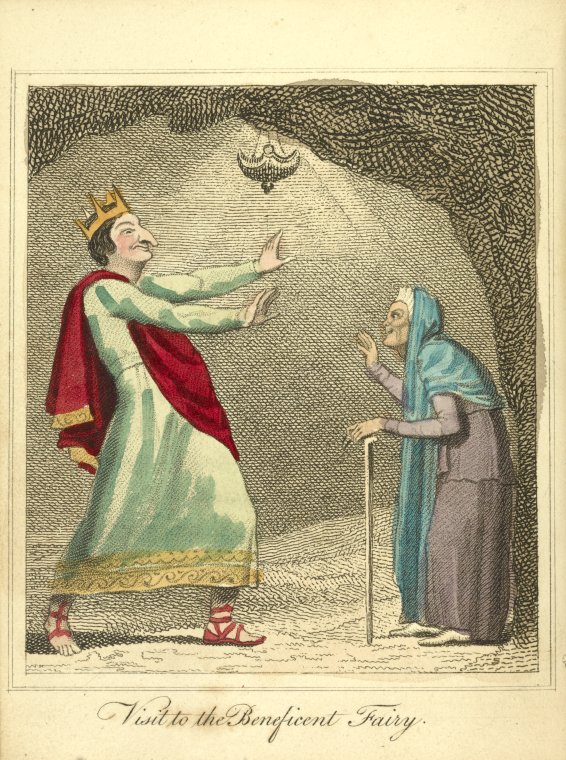18th Century Tales, Fables, and Fairy Stories
inintunze
85
This exhibit is a compilation of stories and fables for children and young adults in the 18th century.
Popular children's tales of a time period have much to say about the social climate of the period itself; fairy tales have been around for centuries and then some, passing down by word of mouth with the same archetypes, and, though the forms and details of the stories themselves may change over the years, their usage remains the same: To teach, caution, and entertain the next generation. This exhibit will contain fairy stories (those centered in fairy worlds or around fantastical creatures themselves), fairy tales (grounded in our own world, with some supernatural aspects), and fables (meant to teach lessons, and rooted in older traditions).
Popular children's tales of a time period have much to say about the social climate of the period itself; fairy tales have been around for centuries and then some, passing down by word of mouth with the same archetypes, and, though the forms and details of the stories themselves may change over the years, their usage remains the same: To teach, caution, and entertain the next generation. This exhibit will contain fairy stories (those centered in fairy worlds or around fantastical creatures themselves), fairy tales (grounded in our own world, with some supernatural aspects), and fables (meant to teach lessons, and rooted in older traditions).
|
Visit to the benificent fairy: illustration from Prince Dorus, or, Flattery put out of countenance : a poetical version of an ancient tale, illustrated with a series of elegant engravings. Illustrations by Charles Lamb.
|
|
Short play written by James Cobb and Thomas King; the first performance was in Drury Lane, 1785.
"HURLY-BURLY; or, The FAIRY of the WELL, being a novel species of Entertainment, partaking as well of the Italian Comedy as the English Pantomime, and much of the plot depending on dialogue, some of which might, from a variety of circumstances at the representation, be lost to many of the audience, it has been deemed adviseable to print such parts of it as have an immediate relation to the plot." |
|
"For the amusement of all the pretty little faies and fairies in Great Britain and Ireland."
|
|
|




